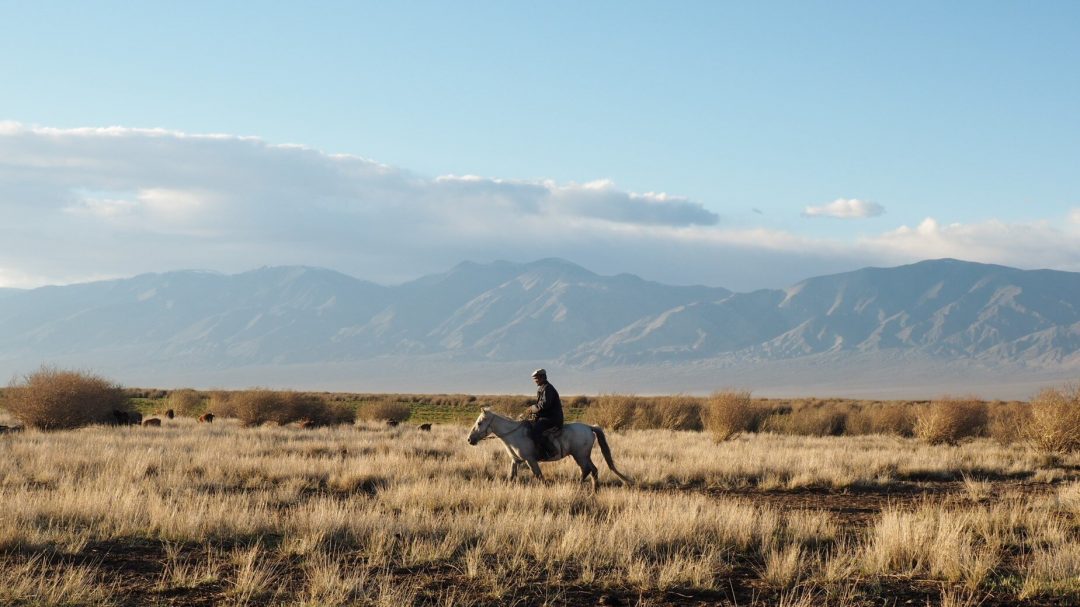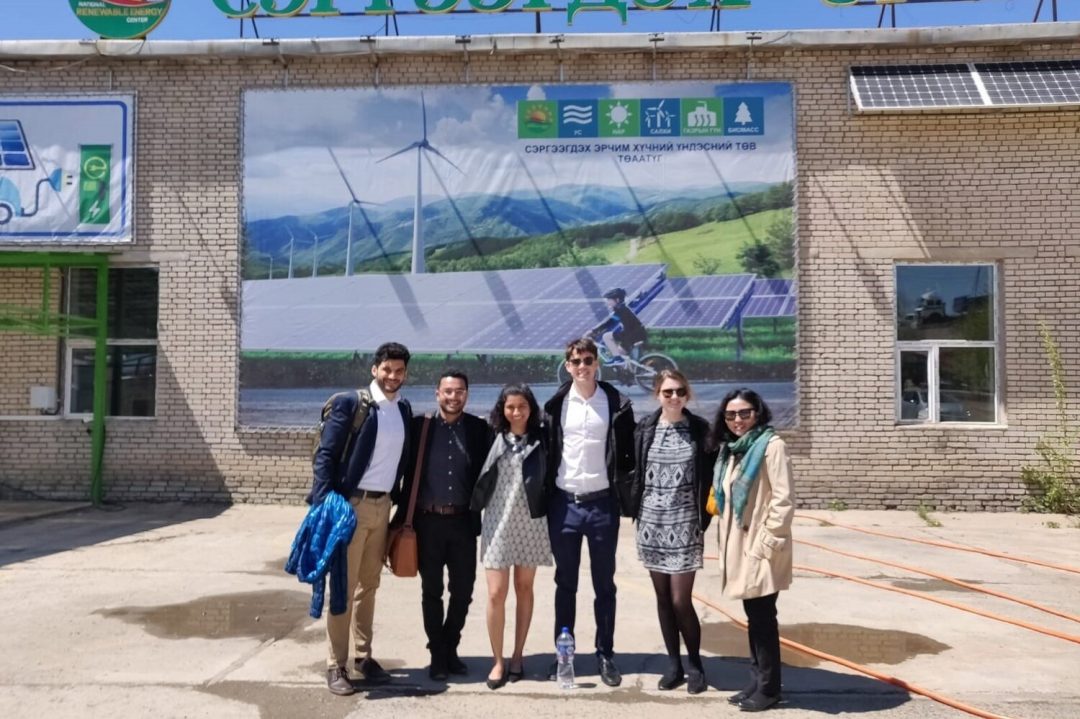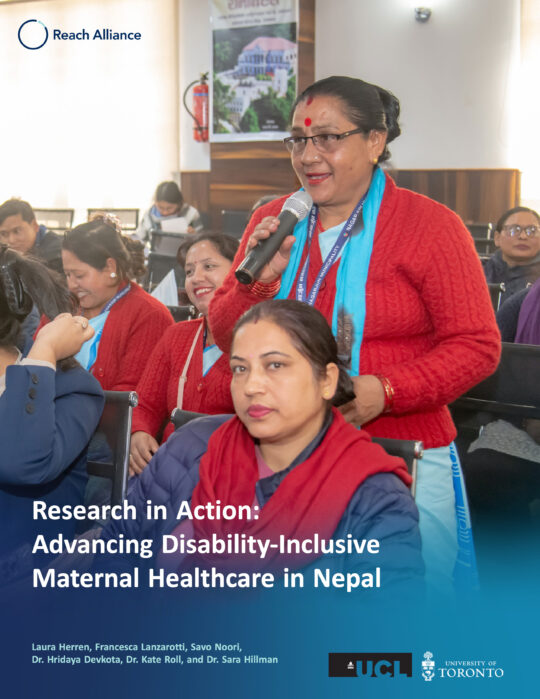On the remote steppe of Mongolia – the “Land of the Blue Sky” – the ever-changing landscapes are dotted by the yurts, or ‘gers’, in which nomadic herders have lived for thousands of years. But a unique feature common to most gers today is a relatively new addition: solar panels. Hoisted on a pole and attached to an inverter inside the ger, solar home systems (SHS) now provide a portable source of electricity, powering mobile phones, refrigerators and televisions to the population, which transmitted messages on horseback and used candles for lighting just over a decade ago. This reality was the product of a rare phenomenon in international development: a comprehensive partnership between the Government of Mongolia, the World Bank, and knowledgeable local civil society and entrepreneurs. Mongolia’s success in the electrification of over 100,000 nomadic households through its Rural Energy for Rural Access Project (REAP) offers important lessons to development actors on how to focus on capacity-building in spite of their differences.
In getting to remote communities globally, our narratives regarding the public and private sectors implicitly guide the design of delivery mechanisms. Proponents of market-oriented approaches argue that the state bureaucracy is inefficient, is incapable of innovation and relies on fleeting political will in leading development interventions. Critics of the private sector counter that it is unaccountable to public needs, excludes serving those neglected by ‘market failures’, and monopolizes technical and market information to serve its profit motive.
But these narratives presume that conditions at the periphery are the same at the core: that adequate physical and social infrastructures are already in place for either to operate, financing and capital are readily accessible for either to access, and a sufficient volume of goods and services can be independently delivered by either. The reality of conditions for hard-to-reach populations is far more complex – without the cooperation of the public and private sectors, the ‘last mile’ becomes much longer for communities at the fringe of the state. Bypassing one for the other stretches already-scarce resources even thinner, hurting the chances of success for all.
Instead of revelling in the comfort of dogmatic narratives, an alternative approach is necessary. A focus on capacity, not narrative, to deliver development initiatives centres their design where structural incentives, cultural practices and social systems are aligned. Mongolia’s experience in delivering electricity through 100,000 SHS to its nomadic herders – with no fixed address – is a striking example of the benefits of synergy between the public and private sectors. The successes of REAP’s public-private partnership can be boiled down to answer three key questions centred on aligning and building capacity: what’s already there? What’s the right tool for the job? What will it take to get it up to scale?

What’s already there?
This first question compels development actors to break down silos between the sectors and to adopt pre-existing structures in delivering initiatives rather than give in to the impulse to build systems from scratch. In the case of Mongolia, the most efficient delivery mechanisms for reaching herders came from a vestige of the former Soviet era hierarchical soum (district) administration network. The system had been designed to centrally govern a vast territory and relay detailed information on local needs between soums, aimags (provinces), and civil servants in Ulaanbaatar. Now, the soum outposts throughout the country served both as the primary retail touchpoint during REAP for herders returning from pastures for necessary supplies and as the repository of herders’ registration data for administrators and private SHS dealers to track deliveries of SHS units. The clearly-defined state distribution system from the central procurement warehouse to the rural outposts was so efficient compared to the private dealer system the World Bank first set up upon its arrival in 2006, it did away entirely with promoting private manufacturing of units until a critical mass of deliveries was achieved. By involving existing capacity in government networks, REAP unlocked local resources and knowledge in delivering SHS units that would otherwise have been duplicated at great expense.
What’s the right tool for the job?
Answering this second question requires identifying and leveraging the competitive advantages of either sector where each is most appropriate. While the state excelled in delivering units to its government outposts, the World Bank aimed to reduce operational risks and improve efficiency by developing a project implementing unit (PIU) as an arms-length agency independent of the Mongolian Ministry of Energy. The PIU ensured resources dedicated to REAP were highly coordinated, particularly by leading the international competitive procurement of SHS units, certifying their quality standards, and efficiently handling the paper trail of sales and registration documents between the manufacturer, the government, and herders. By adopting a shared governance approach, the World Bank provided technical guidance to the state and promoted commercial-level quality control, helping to build consumer trust in the SHS product independent of government interference.

What will it take to get it up to scale?
On the final question, development actors must commit to nimble and agile approaches throughout the delivery of their partnership in order to build resilience amid changing contexts and circumstances. As a critical mass of 88,000 SHS units were delivered to herders by 2009, the need for servicing and maintenance became clear for the future sustainability of the units’ lifespans. With this in mind, the World Bank began training local entrepreneurs – including electricians and engineers from rural communities – to operate Sales and Service Centres (SSCs) in every aimag of the country. This enabled them to both provide repairs in the most remote soums, and generate supplementary income by selling SHS appliances such as LED lightbulbs and refrigerators. The financial incentive for entrepreneurs to participate in the SSC initiative helped to scale up the SHS servicing industry in Mongolia, to the point where local enterprises could viably enter the market. Today, Mongolian-owned companies like Malchin, an Ulaanbaatar-based distributor, sells improved SHS units and branded appliances to herders nationwide, with sales representatives visiting every soum outpost in the country at least once per year.
To each of these questions, the public and private stakeholders involved in delivering Mongolia’s REAP initiative focused on building capacity as a partnership, rather than succumbing to institutional divisions and constraints. Although Mongolia’s social and political contexts are unique, a critical focus on where capacity already exists within the state and reinforcing it through innovative governance structures can improve the delivery of development initiatives across many settings.
In the midst of a global pandemic, a renewed measure of humility compels us to ask these tough questions, and in so doing, better recognize common incentives and take stock of the opportunities readily available for us to reach the hardest-to-reach.

By Rushay Naik
